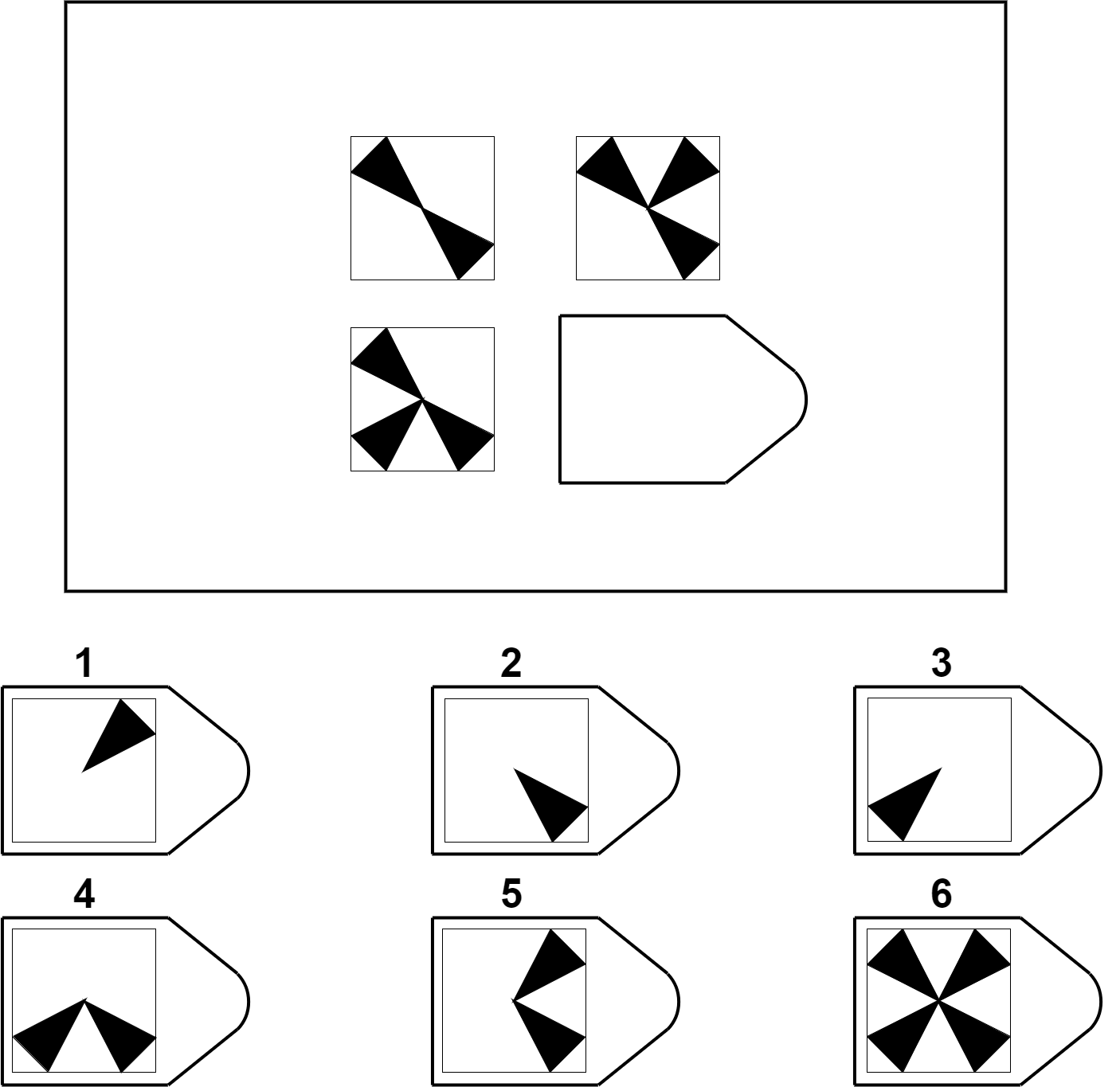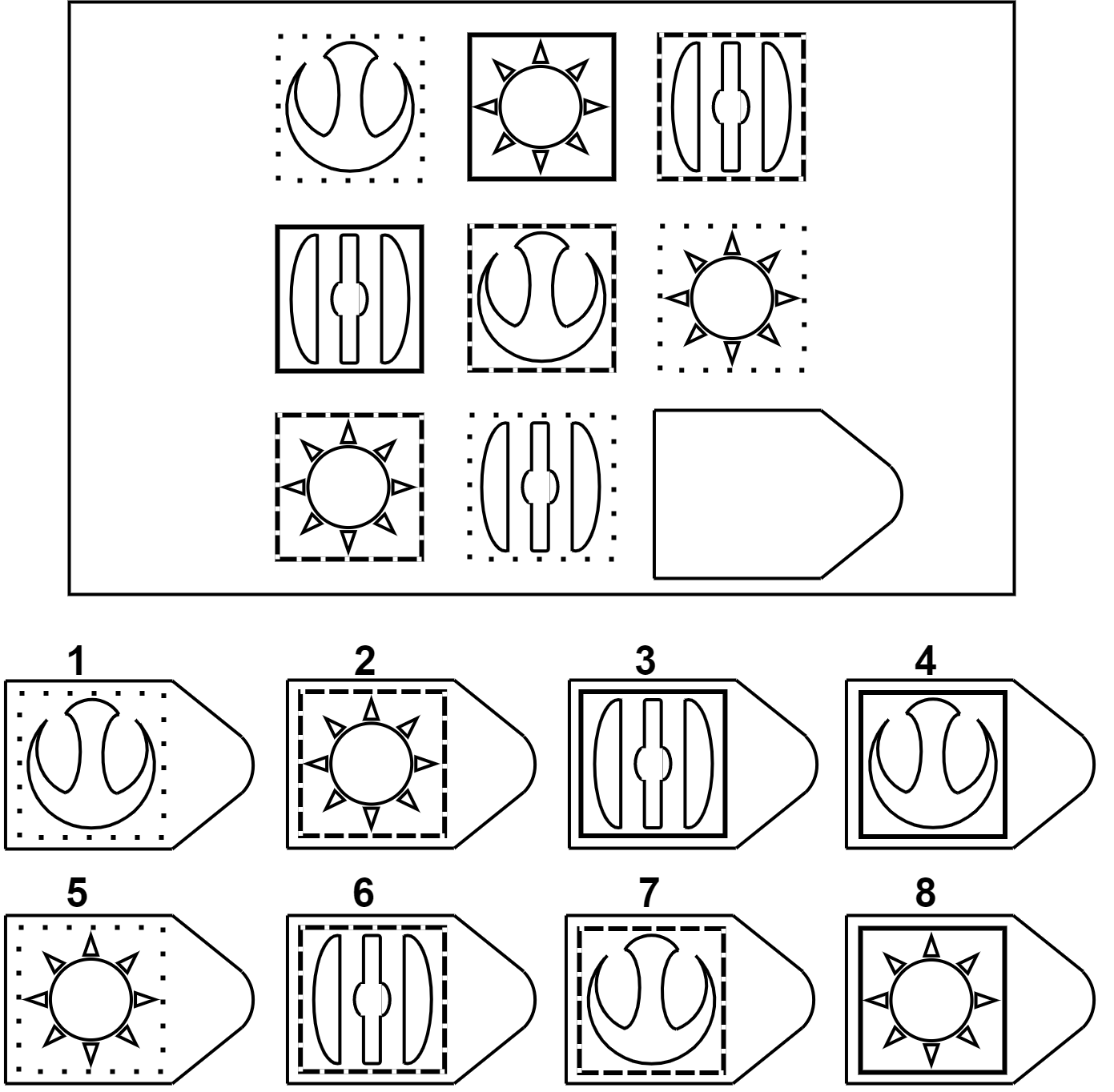Computational Models for Solving Raven's Progressive Matrices Using Analogies and Image Transformations
This repository contains the source code for the ACS 2020 paper Computational Models for Solving Raven's Progressive Matrices Using Analogies and Image Transformations.
Python 3.7is used for this project.- Package dependencies reside in
requirements.txt.
- Main entry is
main.py. It has six lines of code invoking the six strategies we mentioned in our paper to solve RPM problems. - Inputs are (1) the images of RPM problems in folder
problems/SPMpadded, (2) the coordinates to segment each problem image into matrix entries and options in fileproblems/SPM coordinates.txt, and (3) the correct answers to each problem in fileproblems/stuff.txt. - Outputs are reports in folder
reports. Every time you run the code, it will generate new time-stamped reports in this folder. The report file is named<strategy>_<score_to_maximize>_<time stamp>.xlsx. - Detailed Results are in the folder
data. For each strategy, each type of score to maximize and each problem, there are 3 files<strategy>_<score_to_maximize>_<problem>.json,<strategy>_<score_to_maximize>_<problem>_prediction.pngand<strategy>_<score_to_maximize>_<problem>_selection.png, which are detailed computational info, predicted image and the selected option. Every time you run the code, the previous results are overwritten. - Similarity Values are pre-computed and stored in the folder
precomputated-similaritiesbecause it takes one or two days to compute all the similarity values.
We have two example problems in this repo, a 2x2 one and a 3x3 one. They are the same example problems we described in our paper. To protect the secrecy, we cannot provide the the genuine RPM problems we used in the experiments in our paper. But we leave the reports and detailed result of genuine standard RPM problems in folder reports and data. You can run main.py to generate the same reports and detailed results for the example problems.

